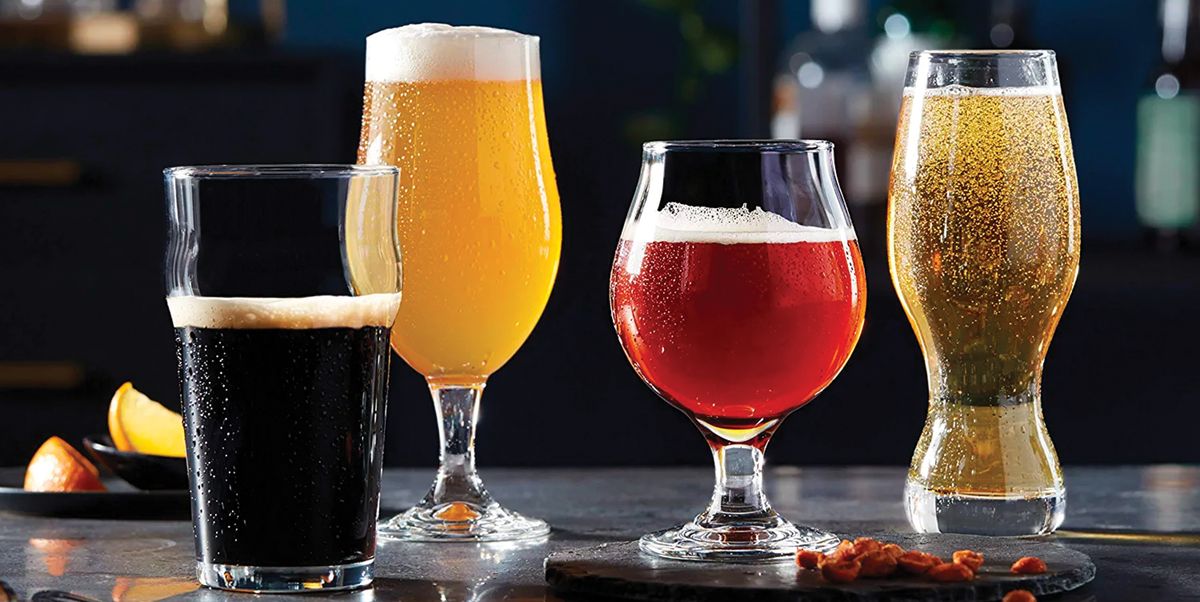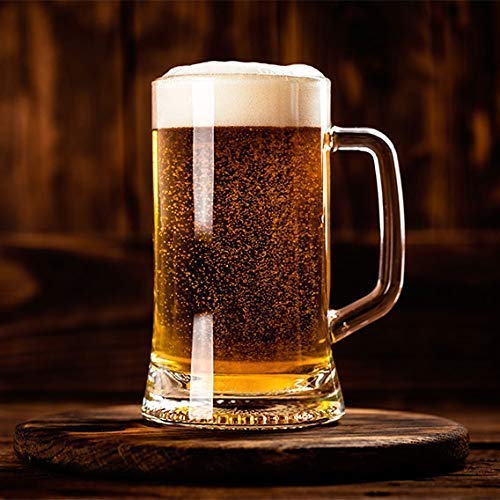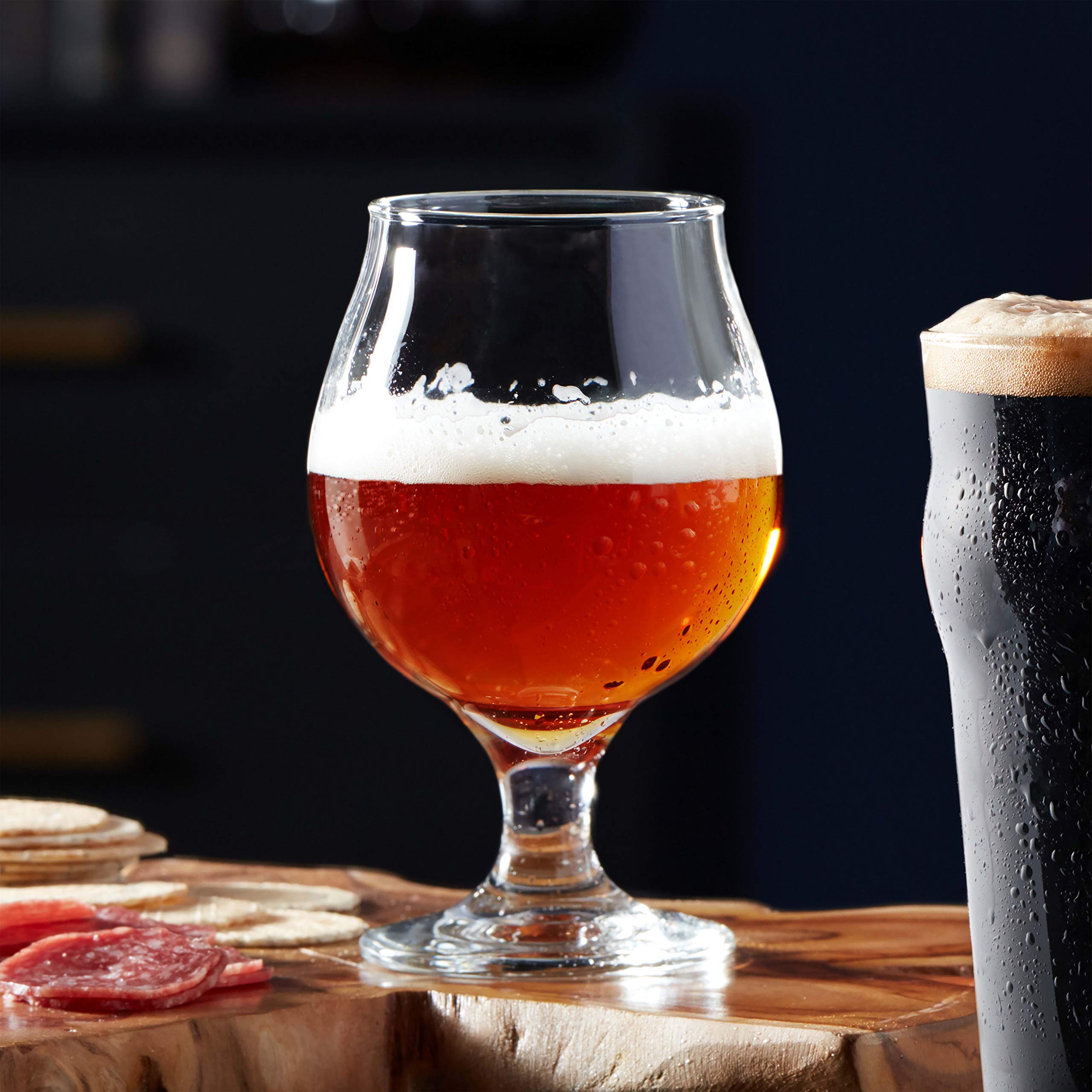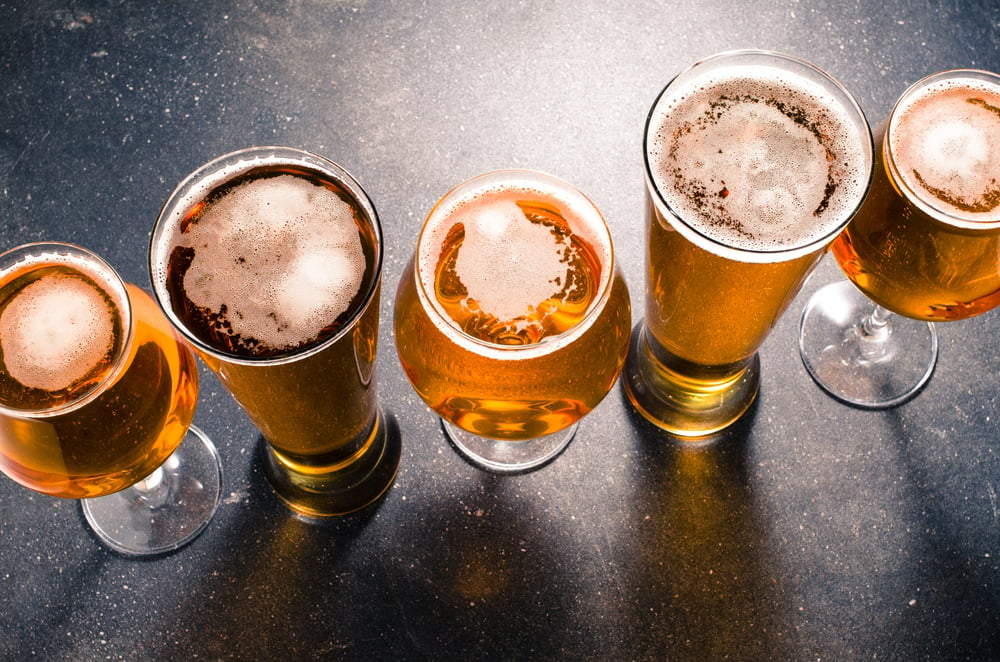Bartending
10 Glassware that Complements Your Beer
Choosing the right type, style, and shapes of glassware can be as crucial as choosing the right beer. The right glass affects the aromatic and visual appearance of the beer.
Whether you’re ordering a drink at a traditional bar, pouring one yourself at a self-pour taproom, or simply enjoying your favorite beer at home, you’re likely to need a glass. The design constraints of this glassware depend on the type of beer, serving measures, national traditions, and even on stacking techniques that avoid breakage.
As we all know, you can easily put beer into any cup and start drinking, but there is a reason beer glasses were designed.
10 Glassware that Complements Your Beer
Today, we have a much better understanding of this classic beverage. We have a variety of methods at our disposal for enjoying it to its fullest. It’s no secret that different types of glasses enhance the taste of certain beverages. It’s why we use wine glasses for wine and various types of cocktail glasses for their respective drinks.
Here are 10 types of beer glasses your establishment should always have on hand.
Beer Mugs:
These are sturdy, made of thick glass, smooth or dimpled, for large capacity, and with a handle that prevents the heat of the hand from cooling the beer.
Their thickness and durability allow you and your friends to “cheer” with these glasses as much as you like without breaking them. It holds plenty of beer!
They are used to drinking an English ale (Mild, Bitter) or also a Stout or Scottish Ale.
Pint Glass:
While there are multiple kinds of pint glasses, the American pint glass is probably the most common glass for beer, in the United States at least
Due to its capacity and shape, it is ideal for beers that do not drink very cold or carbonated. They also enable the glasses to be stacked inside each other without being trapped.
It’s excellent for drinking Double/imperial IPA, double/imperial stout, India pale ale, brown ale, or porter.
Pilsner Glass :
Taller and slimmer than a classic pint, the pilsner glass holds less than a pint glass does, but it still has a similar wide mouth that can hold 12 ounces of liquid.
The slightly wider top of the glass also helps retain the foam head of your beer, and bring out its true flavor profile and aromas. The only downside is that it typically holds less beer than other types of beer glasses.
A pilsner glass is used for many types of light beers, like pale lager or pilsner.
Goblet Glass :
The goblet glass has a wider bowl similar to a snifter but with a less tapered rim and a taller stem, similar to a wine glass. Goblets can be described as having a long thick stem, with a bowl sitting on top.
The distinction between goblet and chalice glasses is typically in the glass thickness. Goblets tend to be thick, while the chalice is thinly walled.
A Goblet Glass is used for Belgian IPAs, Belgian strong dark ales, dubbels, tripels, and quads.
Weizen Glasses :
The glass is narrow at the bottom and slightly wider at the top, which allows us to control the copious foam of the Weizen.
Weizen glasses are often confused with pilsner glasses, due to their similar shape and size. The main difference is that the Weizen glasses have more curvature to them, especially at the top of the glass.
Weizen Glass is used for wheat beers such as Weizenbock, wheat ale, kristalweizen or dunkelweizen.
Snifter Glass :
Its full rounded bottom surface is designed to increase the heat transfer of the hand, therefore, heats the beer. The glass highlights the foam of beers with a substantial body, with more than 8% alcohol.
Because the upper part of the glass narrows inward, it enhances the aromatic quality of whatever liquid it holds.
Best suited for Belgian ales, heavy IPAs (double, imperial), and stouts.
Tulip Glass :
Tulip glasses have a bowl shape slightly similar to snifters, but with an edge that flares out as opposed to tapering in at the mouth. These upside-down bell-shaped glasses capture and channel aroma into your mouth, not unlike a wine glass.
The tapered rim works well with beers that have foamier heads or heavy hops flavors in order to best draw out the smells from the head
Thistle glasses are generally used to serve Scottish ales.
Stange Glass :
The stange glass is also commonly referred to as stange glass, stick glass, pole glass, or rod glass. This type of beer glass is named this not because it’s a weird-looking glass, but because “stange” is the German word for rod and that’s exactly what it resembles.
The shape of this glass is generally the same, but the size can vary. The Stange usually holds between 100 ml and 200 ml. though larger ones are now sometimes used to reduce serving work.
Best for delicate beer like Kolsch, Lambic, Gueze, or rye.
Flute Glass :
Flute glasses are Belgian and Dutch styles of glasses, originally designed for serving champagne. These include active carbonation, an intense aroma, and a visually attractive presentation.
The long stem allows you to enjoy the beverage without the hands coming into contact with the container and the heating of the drinkoccurs.
Used to serve Belgian Lambic, Fruit Beers, Strong IPAs, and German Weiss beers.
Tasting & Sampler Glasses :
The tasting glass, also called a sampler glass, can be found in all shapes and sizes. We add it to our list of beer glasses because they are commonly found throughout brewery tours and pubs. Not to mention, every beer geek I know has their own special collection of tasting glasses at their home.
The only thing that makes a glass a taster is size. Taster glasses typically hold a fraction of the amount of a pint glass, ranging from 2.5 to 6 ounces of beer.
Commonly used in beer gardens and breweries,












